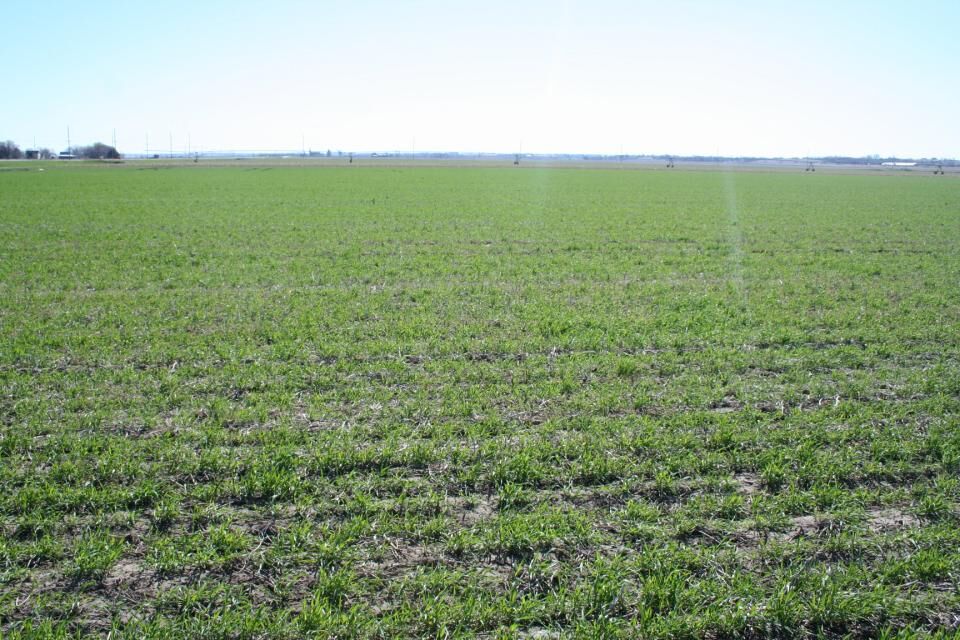With fall harvest beginning in many areas now is the time to think about planting a cover crop after your fall crop is harvested. A cover crop can provide many soil health benefits.
This includes building organic matter, improve water infiltration, increase nutrient cycling, and improve soil water holding capacity. A cover crop can also provide excellent weed suppression and a fair amount of livestock forage through the winter and spring if planted timely.
The species you use in the mix will depend on what you are trying to accomplish. If you have some compaction issues deep tap rooted plants like radishes and turnips are a good choice. Winter cereal grains like triticale, barley, wheat, and rye can help build organic matter and increase water holding capacity in the soil.
A combination of deep-rooted and fibrous rooted plants can be used to increase water infiltration. Decaying tap roots provide direct channels for water to infiltrate into the soil. Fibrous rooted plants help feed the soil microbes. These bacteria, fungi, and other microorganisms produce the organic glues that help bind the individual soil particles of sand, silt and clay into larger soil aggregates. This provides more pore space in the soil where water can enter the soil when it rains.
For grazing you will want to have a mix that is wheat, barley, triticale, or rye. Mixes that are heavy with these species are also good for weed suppression since they cover and shade the ground quickly and compete well with weeds.
It is best to get the cover crop planted as soon as possible after the cash crop is harvested. This will give the cover crop time to get established and get some growth before it gets to cold. If the cover crop can’t be planted prior to November 1st it may be better to delay the planting until the next spring.
Always consider the economics of planting a cover crop. There is no reason to plant a $30 to $40 mix when one that cost $15 will do the job. Wheat may be a good choice since it is readily available and reasonably priced in comparison to other species.
For more information about this or other soil health practices you can contact me at [email protected] or any local NRCS office.




